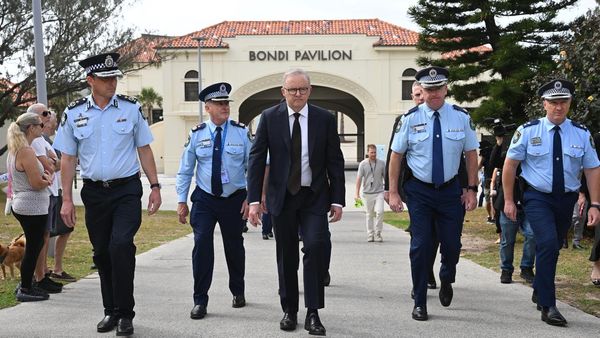
Australia could hit an inflation rate of about six per cent as early as this week, as households continue to absorb higher fuel, food and housing costs.
The cost of living has been rising all year, leading to an annual rate of 5.1 per cent in the March quarter, the Australian Bureau of Statistics revealed in April.
But the survey for the June quarter, due on Wednesday, could show prices have risen enough to take the annual rate to the peak forecast by the central bank much earlier than expected.
In May, the Reserve Bank of Australia forecast the consumer price index to reach 5.5 per cent in the June quarter.
It also predicted the index to hit six per cent by the end of December, before falling in 2023.
That peak may have been reached much earlier than predicted, if the expectations of financial market economists are anything to go by.
Commonwealth Bank of Australia economists expect inflation to rise by 1.9 per cent in the quarter, for an annual rate of 6.2 per cent.
That would be the highest annual number since the December quarter in 1990 - or in more than 31 years.
St George Bank senior economist Jarek Kowcza says price pressures definitely continued to heat up in the quarter, when the cost of an iceberg lettuce peaked at an eye-watering $10.
"We expect an annual headline inflation rate starting with a '6'," he said.
Economists agree that whatever the outcome, the RBA will lift its 1.35 per cent cash interest rate in August, for the fourth time in as many months.
Almost all are tipping a rise of 50 basis points to 1.85 per cent, but others believe it could jump by 75 basis points if inflation is even worse than expected.
A "6'' outcome could also signal the RBA may have to step up future rate increases in its bid to get inflation back to its target of between two to three per cent on average over the course of the economic cycle.
The ANZ thinks the RBA will deliver three more rate rises - in September, October and November - to leave the cash rate at 3.35 per cent by the end of the year.
"This reflects the strong momentum in the labour market and the clear upside risks to inflation," ANZ head of Australian economics David Plank said in a client note.
The Commonwealth Bank is predicting a 2.60 per cent cash rate by November.
The cash rate, the RBA's main monetary policy tool, is an indicator of where mortgage rates will go since the banks tend to apply any changes to their loan products.
If the cash rate hits 3.35 per cent in November, a borrower with a $500,000 mortgage will be paying $909 more a month, while someone with a $1 million mortgage will be paying $1818 more, according to RateCity.
This assumes the RBA hikes are passed on in full by lenders, and reflects the difference between what a borrower was paying on average before the current series of hikes began in May.
Other economic data due this week include the ANZ-Roy Morgan weekly consumer confidence survey, retail sales figures for June, June trade figures and the June quarter producer price index, which measures prices at the factory gate.
The RBA began raising the cash interest rate from an all-time low of 0.1 per cent in May.







